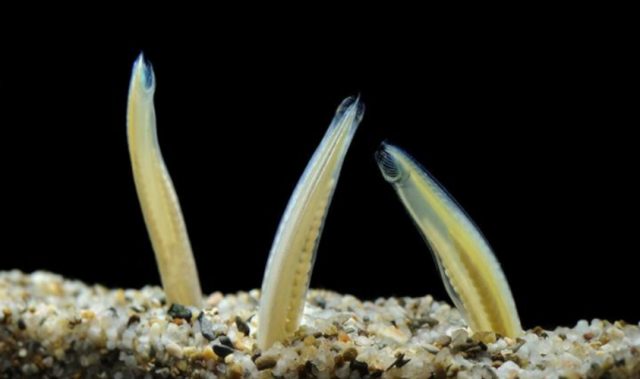
AsianScientist (Mar. 22, 2019) – Scientists in Japan have found a gene variant that makes Japanese people more susceptible to interstitial lung disease (ILD) than Europeans. They reported their finding in the Annals of the Rheumatic Diseases.
Many diseases show major differences in their prevalence from one country to another, but it is often unclear whether this is due to lifestyle and environmental factors such as the diet, the genetic backgrounds in different ethnic groups, or a combination of these. ILD is one such condition, which more commonly accompanies other immunity-related disease in Japanese people than in Europeans, implying that genetic background plays a role in the pathogenesis of ILD.
In the present study, researchers led by Professor Naoyuki Tsuchiya at the University of Tsukuba, Japan, applied a genetic approach to analyze hundreds of Japanese patients and healthy controls. They revealed an association between a variant in a gene called MUC5B, encoding a surface-coating protein called mucin 5B, and ILD in patients with antineutrophil cytoplasmic antibody (ANCA)-associated vasculitis (AAV). This finding could benefit affected patients by providing a new therapeutic target.
Previous studies indicated some association between ILD and AAV, a condition in which the body develops antibodies against its own immune cells, leading to inflammation of the blood vessels. However, this association was shown to be dependent on ethnicity, in that 45 percent of Japanese patients with one form of AAV were reported to also have ILD, which was much higher than the corresponding rate in Europeans.
“We obtained data on 474 Japanese patients with AAV and 842 Japanese controls, determined their genotype at the MUC5B locus, classified their pathological condition based on an established algorithm and used computed tomography to show whether or not they had ILD,” Tsuchiya explained.
“We were able to show that AAV patients who also have ILD are more likely to have the MUC5B gene with a single-letter variation in the DNA code at the gene promoter than AAV patients who do not have ILD,” he added.
The team then confirmed this finding using data only on those who had undergone high-resolution computed tomography, which increased the accuracy of the identified status of ILD.
“Our work provides a new perspective with which to tackle ILD, which could lead to treatments that target the overexpression of mucin associated with this variant,” said lead author Dr. Natsumi Namba. “Seven of the eight AAV patients with this variant also had ILD in this study, suggesting that this variant has strong penetrance and that genotyping for it could be a powerful prognostic tool.”
The article can be found at: Namba et al. (2019) Association of Muc5b Promoter Polymorphism With Interstitial Lung Disease in Myeloperoxidase-antineutrophil Cytoplasmic Antibody-associated Vasculitis.
———
Source: University of Tsukuba; Photo: Shutterstock.
Disclaimer: This article does not necessarily reflect the views of AsianScientist or its staff.












